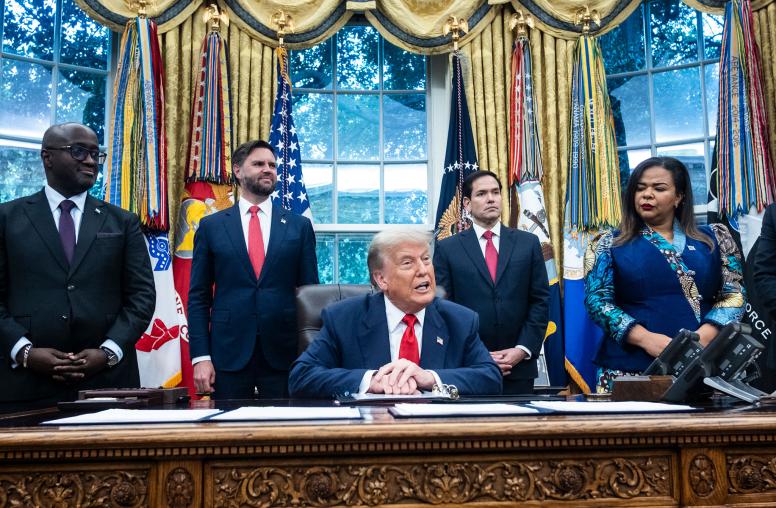Peacebuilding Toolkit for Educators - Middle School Edition
This Peacebuilding Toolkit for Educators is designed to support the work of educators as peacebuilders. We believe that young people have tremendous capacity, as individuals and as a community, to learn about and contribute to international conflict management, and that educators can channel students’ energy and enthusiasm in positive ways.
We also wish to provide you with guidance and materials about the complex nature of peacebuilding. We have created this toolkit and dedicated a section on our Global Peacebuilding Center website to providing materials and lessons for middle school and high school students, interactive exercises, and a discussion forum where you can gain input on the difficult questions that arise in your classroom.
The focus of this toolkit is on peacebuilding because we know that peace building must be developed, fostered, and supported. Our goal is to help in the development of young people as peacebuilders and to raise the visibility of positive examples of nonviolent conflict management.
The purpose of this toolkit is not to tell students what to think; rather, we want to encourage students to think critically about the world around them and their place in it. It is our belief that the skills of peacebuilding presented in this toolkit are applicable at multiple levels. The tools that peer mediators use in middle school and high school conflict resolution programs are in many ways similar to some of the tools used by diplomats and heads of state in in ternational peace negotiations. While international conflicts are often far more complex, the core skills of active listening, relationship building, and working cooperatively to find mutually agreeable solutions among parties apply at all levels.
The Peacebuilding Toolkit for Educators is also available in Spanish, French, and Arabic.



